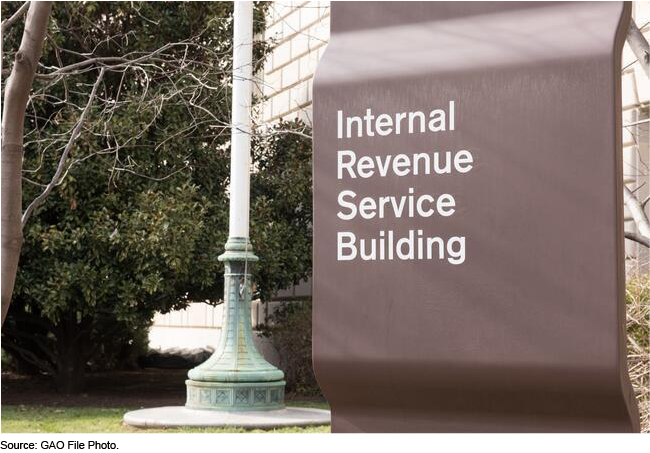
Information Technology: IRS Needs to Complete Modernization Plans and Fully Address Cloud Computing Requirements
What GAO Observed
The Inner Earnings Service’s (IRS) legacy IT environment incorporates apps, program, and hardware, which are outdated but continue to significant to day-to-day functions. Precisely, GAO’s assessment showed that about 33 percent of the applications, 23 p.c of the program scenarios in use, and 8 percent of components property have been thought of legacy. This incorporates programs ranging from 25 to 64 many years in age, as properly as software program up to 15 variations powering the recent version. As GAO has beforehand mentioned, and IRS has acknowledged, these legacy property will continue to add to stability pitfalls, unmet mission requirements, staffing problems, and amplified costs.
Modernization ideal techniques phone for documenting plans that include 3 critical things: milestones, operate to be executed, and disposition of legacy units. As of August 2022, IRS experienced documented options for the 21 modernization initiatives that were being underway, which includes nine connected with legacy methods. All 21 options dealt with two crucial features. Nevertheless, the plans for six of the 9 initiatives did not deal with the disposition of legacy devices (see desk). Officers mentioned they would deal with this essential element at the ideal time in the initiatives’ lifecycle having said that, they did not determine time frames for carrying out so.
GAO Assessment of the Inner Income Service’s (IRS) Modernization Designs as of August 2022
|
Modernization strategy component |
Of course |
No |
Not applicable |
|---|---|---|---|
|
Involves milestones |
21 |
|
|
|
Describes perform to be performed |
21 |
|
|
|
Features disposition of legacy programs |
3 |
6 |
12a |
Resource: GAO assessment of IRS files. | GAO-23-104719
aThese initiatives have been not associated with legacy systems.
IRS not long ago suspended operations of 6 initiatives, like two which are crucial to replacing the 60-yr old Specific Master File (IMF). The IMF is the authoritative information supply for individual tax account information. GAO has documented that IRS has been doing the job to switch IMF for nicely over a ten years. According to officials, the suspensions were being because of to IRS’s resolve to change assets to bigger priorities staff members users doing the job on these suspended initiatives were reassigned to other projects. As a outcome, the plan for these initiatives is now undetermined. Accordingly, the 2030 focus on completion date for replacing the IMF that IRS announced previous year is now mysterious. This will lead to mounting worries in continuing to rely on a essential program with computer software penned in an archaic language requiring specialized competencies.
IRS’s cloud computing efforts entirely tackled 11, partly resolved 1, and did not handle two necessities identified in the Office of Management and Budget’s June 2019 cloud computing method. Important shortfalls include things like IRS not conducting common evaluations of purchaser experiences and consumer demands. Right up until IRS thoroughly addresses all cloud computing specifications, it will have fewer assurance that it is adopting cloud answers that effectively and properly support it satisfy its mission requirements and protect delicate taxpayer info.
Why GAO Did This Research
IRS relies thoroughly on IT to per year accumulate trillions of dollars in taxes, distribute hundreds of billions of pounds in refunds, and have out its mission of giving support to America’s taxpayers in meeting their tax obligations. This reliance on IT consists of a major volume of outdated legacy techniques that pose hazards. At the same time, IRS has more and more applied internet-based mostly computing companies (i.e., cloud expert services) to handle its IT modernization wants.
GAO was asked to evaluate IRS’s legacy surroundings and cloud computing implementation. This report, between other items, 1) describes IRS’s legacy IT ecosystem 2) assesses IRS’s modernization designs and 3) evaluates its cloud computing attempts.
To do so, GAO analyzed legacy apps, software program, and hardware data assessed options for 21 modernization initiatives towards practices determined in prior GAO do the job and in comparison IRS’s cloud computing documentation to applicable federal requirements. GAO also interviewed well-informed IRS officials.
